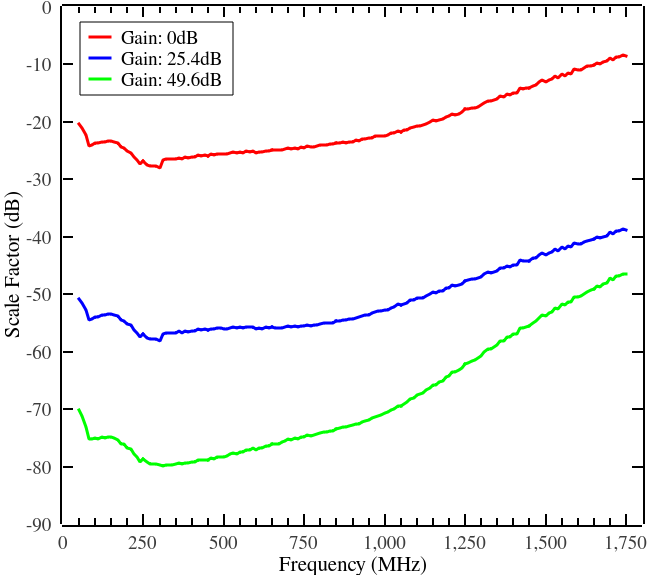Institute for Telecommunication Sciences / Research / Radio Frequency Measurement / Spectrum Monitoring / Sensor Design, Calibration, and Integration
Sensor Design, Calibration, and Integration
Scaling spectrum monitoring requires inexpensive sensors. ITS works to design, prototype, test, build, and deploy RF sensors using software defined radios (SDRs) and other commercially available RF components. Two sensor designs (at two price points) have been established: a low-cost Greyhound sensor based on the USRP B2xx signal analyzers and a medium-cost Bassethound sensor based on the Keysight N6841A signal analyzer. The sensors are easily adapted to new requirements with different antenna, preselector, connectivity, and onboard computer configurations. Software integration of different components (e.g., new SDR models) and new single- and multi-sensor algorithms into the SCOS framework evolves the capabilities of the overall infrastructure.


Many SDRs are highly configurable and, in contrast to laboratory grade equipment, often require calibration. Toward that end, the Spectrum Monitoring team has developed a set of automated calibration routines that calculate the gain, equivalent noise bandwidth, noise figure, and 1 dB compression point for each sensor. Similar to scos-sensor, these routines are independent of the underlying hardware to allow any scos-sensor to be quickly calibrated before it is fielded. Resulting calibration tables are uploaded to scos-sensor software to allow for calibrated power measurements to be performed in the field.







